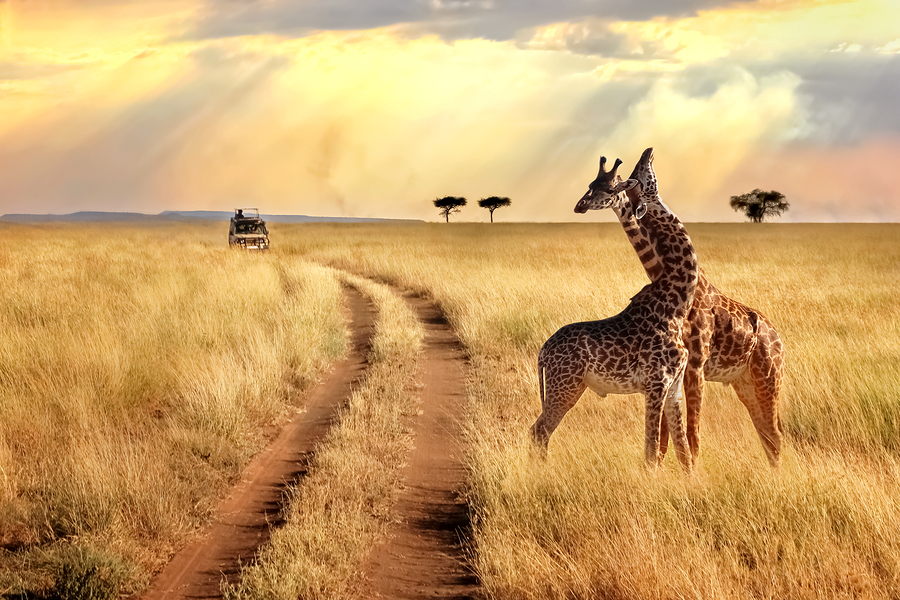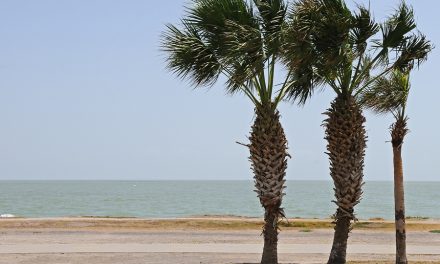Little known fact: Giraffes have been steadily decreasing in number over the years.
In early December, for the first time ever, two subspecies of giraffes were added to the list of “critically endangered” species. This is according to the International Union for Conservation of Nature (IUCN), who administers the world’s official endangered species list.
“The IUCN reported on Saturday that they have moved the giraffe from the list of ‘Least Concern’ to that of ‘Vulnerable’ status in their Red List of Threatened Species report. The next slots after ‘vulnerable’ are ‘endangered’, ‘critically endangered’, ‘extinct in the wild’, and ‘extinct’. Thus, if we do nothing about it, giraffes could become extinct in the wild in the medium-term future.”1
There are nine subspecies of giraffes; five are declining in numbers, two are improving, and one is stable. The two recently added to the list are the Kordofan giraffe and the Nubian giraffe, found mainly across East, Central, and West Africa. Another subspecies living in the Horn of Africa, the reticulated giraffe, was listed as “endangered”.2
Although the Kordofan and Nubian giraffe are critically endangered, the West African and the Rothschild’s giraffe species have seen an increase in their numbers thanks to intense work by the Niger government and conservationists (growing from just 50 in the 1990s to 400 today). We just hate that some people think allowing people to pay thousands of dollars to hunt big game is a conservation tactic. (Not the only one but one often used.)
The dwindling of our giraffe species (some of which are as low as 400) has happened so quietly that barely anyone noticed they were in danger of totally disappearing off the face of Earth (they are more endangered than any gorilla):3
- the number of giraffes has dropped from 157,000 in 1985 to 97,500 in just the last 31 years ( a decline of almost 40%)
- they have already disappeared from seven countries — Eritrea, Guinea, Burkina Faso, Nigeria, Malawi, Mauritania, and Senegal.
- giraffes have been in danger for the last century in Africa.
How has this happened?
Humans.
Due to increased urbanization, poaching, illegal hunting practices, and civil unrest in parts of Africa, numbers have continued to dwindle. However currently, the main cause is “land being taken over for agriculture, mining or construction. Stopping this is a huge task as it essentially means hampering the economy and livelihood of people and stopping land development.”4(They are also killed just for their tails because in some cultures it’s a status symbol while in other areas it can be used as a dowry.)
What is it going to take for people to wake up? We are killing animals and habitats all over our earth. And before too long, we won’t be able to turn the clock backward.
SOURCE:












